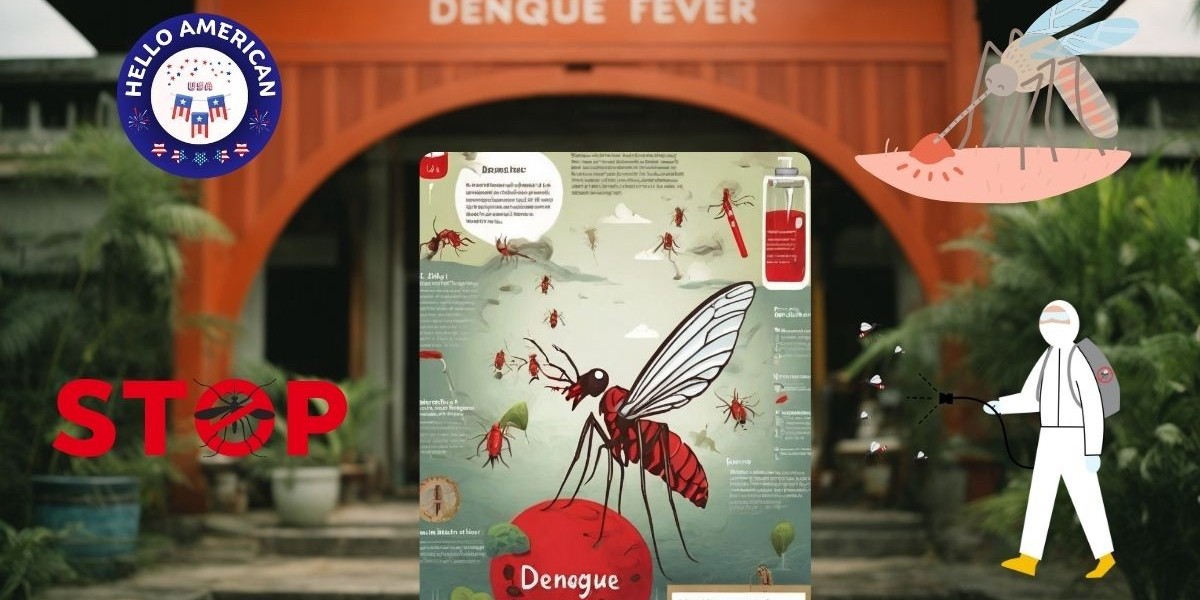Mosquito-borne diseases pose a significant global health threat, affecting millions of people each year. Among these diseases, dengue and malaria stand out as major contributors to the global burden of illness. Despite sharing a common mode of transmission through mosquito bites, dengue and malaria exhibit distinctive characteristics, making it crucial to understand the differences between them.
Difference Between Dengue and Malaria: A Comprehensive Overview
First and foremost, the causative agents of these diseases differ fundamentally. Dengue is caused by the dengue virus, a member of the Flaviviridae family, while malaria is caused by Plasmodium parasites. The four distinct serotypes of the dengue virus (DEN-1 to DEN-4) are transmitted primarily by Aedes mosquitoes, while malaria transmission occurs through the bite of infected female Anopheles mosquitoes carrying Plasmodium parasites.
Clinical manifestations represent another key point of differentiation. Dengue typically presents with symptoms such as high fever, severe headache, pain behind the eyes, joint and muscle pain, rash, and mild bleeding. In contrast, malaria often manifests with symptoms like fever, chills, sweating, fatigue, nausea, and vomiting. The onset and progression of these symptoms can vary, and timely identification is critical for appropriate medical intervention.
Laboratory diagnosis methods also distinguish these diseases. Dengue is commonly diagnosed through the detection of viral RNA or antigens in blood samples, while malaria diagnosis involves the identification of Plasmodium parasites through microscopy or molecular techniques. Accurate and timely diagnosis is vital for initiating the right treatment, as the management approaches for dengue and malaria differ significantly.
Geographical distribution plays a crucial role in understanding the prevalence of these diseases. Dengue is prevalent in tropical and subtropical regions, with a higher incidence in urban areas where Aedes mosquitoes thrive. Malaria, on the other hand, is widespread in tropical and subtropical regions as well, but its distribution is more extensive, encompassing a broader range of ecological settings.
Furthermore, the complications associated with these diseases differ, highlighting the importance of early detection and intervention. Severe dengue can lead to life-threatening complications such as plasma leakage, severe bleeding, and organ impairment. In malaria, severe cases may result in complications such as cerebral malaria, severe anemia, and multi-organ failure. Recognizing these distinctions is vital for healthcare providers to tailor their treatment strategies effectively.
Preventive measures also vary between dengue and malaria. While there is no specific antiviral treatment for dengue, supportive care remains the mainstay of management. Prevention focuses on mosquito control measures and community engagement to reduce mosquito breeding sites. Malaria, on the other hand, is preventable and treatable with antimalarial drugs. In addition to antimalarial medications, preventive measures include the use of insecticide-treated bed nets, indoor residual spraying, and chemoprophylaxis for travelers to endemic regions.
In conclusion, demystifying the differences between dengue and malaria is crucial for effective prevention, diagnosis, and treatment. Understanding the distinct characteristics of these two common mosquito-borne diseases enables healthcare professionals, researchers, and the general public to implement targeted measures to control their spread and mitigate their impact on global health. As we continue to grapple with the challenges posed by these diseases, a comprehensive knowledge of their disparities is an indispensable tool in our collective effort to combat mosquito-borne illnesses worldwide









